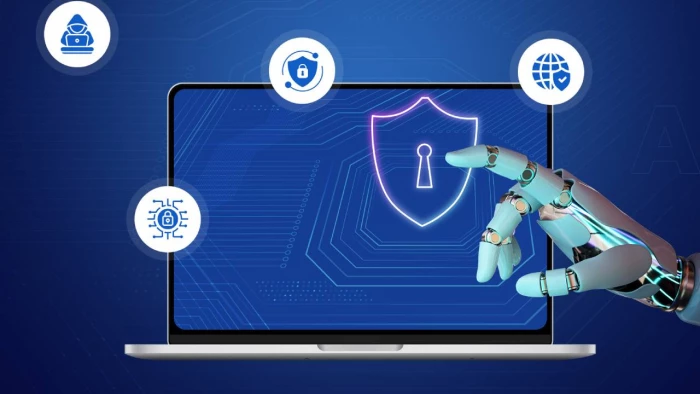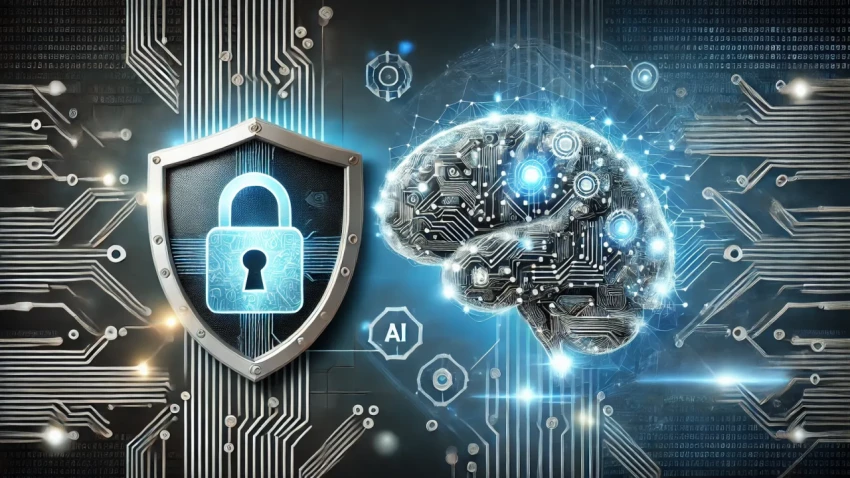

The pace of change in cybersecurity has accelerated dramatically with the rise of artificial intelligence. Threat actors are leveraging AI to automate attacks, develop adaptive malware, and create highly convincing social engineering campaigns. At the same time, defenders are using AI to monitor networks, detect anomalies, and respond faster than ever. For security professionals and organizations, the challenge is staying ahead in an environment where threats evolve daily and data privacy requirements are increasingly strict.
Organizations must recognize how AI reshapes the threat landscape:
Understanding these dynamics allows security teams to focus monitoring and defense efforts where they are most critical.

Static security protocols are insufficient in an AI-driven environment. Continuous intelligence involves collecting, analyzing, and acting on threat data in real time:
Continuous intelligence reduces reaction times and limits the impact of AI-accelerated attacks while supporting compliance with privacy regulations such as GDPR.
AI tools are powerful, but human oversight is essential:
To support skill development and stay updated on emerging AI threats, professionals can use platforms like Programs.com, which provide guidance on cybersecurity in the AI era.
Cybersecurity professionals must pursue ongoing education focused on AI threats and privacy:
Certifications and hands-on labs help professionals maintain practical skills while staying up to date on emerging threats.
No organization can address AI-driven threats in isolation. Security professionals should leverage industry collaboration to stay informed:
Collaboration enhances situational awareness and helps organizations reduce blind spots while respecting privacy and compliance obligations.
Organizations must embed adaptability into their security strategies:
The development of AI is reshaping the cybersecurity landscape and increasing both the sophistication and speed of attacks. Staying ahead requires understanding AI-driven threat dynamics, implementing continuous intelligence, blending human expertise with AI tools, investing in targeted training, collaborating across the ecosystem, and maintaining adaptable defenses. Data privacy must remain a priority throughout, ensuring that defensive measures comply with regulatory requirements while protecting sensitive information. Professionals and organizations that follow these practices will be better positioned to protect critical systems and respond effectively to AI-driven threats.
Be the first to post comment!